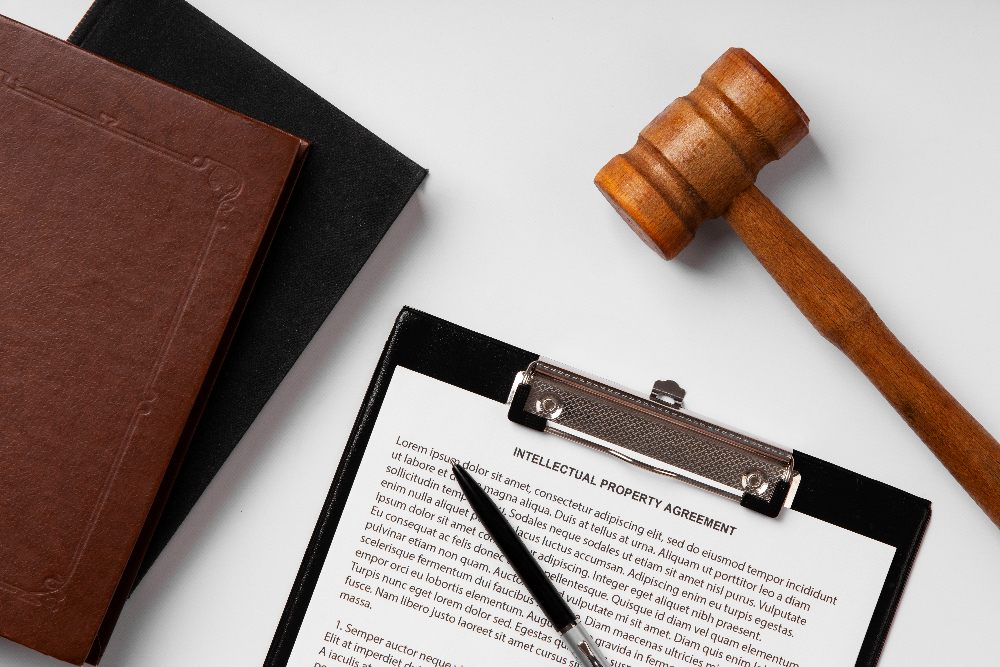Legal Actions Against Loan Defaulters in India: A Complete Guide 2024

Understanding Loan Defaults in the Indian Context
According to the Reserve Bank of India (RBI), a loan account becomes a Non-Performing Asset (NPA) when:
- For term loans: Installment remains unpaid for 90 days
- For overdraft/cash credit: Account remains ‘out of order’ for 90 days
- For bills: Bill remains unpaid for 90 days
Types of Default Classifications in India
1. Special Mention Account (SMA):
- SMA-0: Payment overdue by 1-30 days
- SMA-1: Payment overdue by 31-60 days
- SMA-2: Payment overdue by 61-90 days
2. Non-Performing Asset (NPA):
- Sub-standard Asset: NPA for up to 12 months period
- Doubtful Asset: remains NPA for a period of greater than 180 days
- Loss Asset: Identified as uncollectible by banks
Legal Framework in India
Key Laws and Regulations
1. SARFAESI Act, 2002
2. Recovery of Debts and Bankruptcy Act, 1993
3. IBC (Insolvency and Bankruptcy Code), 2016
4. Banking Regulation Act, 1949
Pre-Legal Recovery Process by Indian Banks
1. Initial Communications:
- SMS alerts
- Email notifications
- Phone calls from the recovery department
- Formal demand notice
2. Default Notice Period:
- SARFAESI Act 60-day advance notice
- Opportunity for borrower’s representation
- Negotiation window for settlement
Legal Actions Available to Indian Lenders
1. SARFAESI Act Proceedings
Banks can:
- Take possession of secured assets
- Manage or sell the property
- Appoint recovery managers
- Transfer by lease/assignment
- Take over business management
2. Civil Court Proceedings
- Filing recovery suits
- Seeking attachment orders
- Obtaining injunctions
- Execution of decrees
3. Debt Recovery Tribunal (DRT)
- Specialized forum for debt recovery
- Fast-track proceedings
- Recovery certificates
- Attachment and sale proceedings
4. Insolvency Proceedings
Under IBC:
- Corporate Insolvency Resolution Process
- Personal bankruptcy proceedings
- Resolution or liquidation options
Borrower Rights Under Indian Law
1. Right to Notice:
- SARFAESI action given with a notice of 60 days.
- The party has the right to respond upon receiving a demand notice.
- Right to receive the confirmation of the money balance
2. Consumer Protection:
- Protection against harassment
- Right to adequate fair comments in stressing the assets.
- Right to surplus after the sale of assets
- Banking Ombudsman complaints
3. Legal Remedies:
- Start campaigning for DRT within 45 days
- Approach Banking Ombudsman
- File writ petitions if rights are violated
One-Time Settlement (OTS) Options
Common settlement schemes:
1. Standard OTS schemes
2. Special settlement schemes
3. Compromise proposals
4. Asset restructuring
Documentation Required for OTS:
- Application in prescribed format
- Income proof
- Bank statements
- Asset details
- Settlement amount source
Long-Term Consequences in India
1. Credit Information Impact:
- Damage to CIBIL score ranging from 7-10 years
- Inclusion in defaulter lists
- Future credit difficulties
2. Legal Implications:
- Travel restrictions possible
- Professional Impact
- Asset attachments
- Malicious activities in fraud issues
Prevention and Solutions
Early Warning Signs:
1. Income reduction
2. Multiple loan EMIs
3. Using credit cards for essentials
4. Depleting savings
Preventive Steps:
1. Approach bank early
2. Seek loan restructuring
3. Consider balance transfer
4. Debt consolidation options
Professional Help Available
1. Financial Advisors:
- Debt Counseling
- Restructuring advice
- Settlement negotiation
2. Legal Professionals:
- Banking law experts
- DRT advocates
- IBC resolution professionals
Latest RBI Guidelines and Reforms
Recent changes:
- Digital lending guidelines
- Fair practices code updates
- COVID-related modifications
- New stress resolution framework
Resources and Support
Helpful Contacts:
- RBI Grievance Management Cell
- Banking Ombudsman offices
- Credit Information Companies
- Legal Aid Services
Important Documents:
- Loan agreement copy
- Security documents
- Account statements
- Communication records
- FAQs
Q1: When exactly is a loan considered defaulted in India?
According to RBI guidelines, a loan is considered defaulted when:
- Regular loans: Payment is overdue by 90 days
- Credit cards: Three consecutive missed payments
- Working capital facilities: Account remains ‘out of order’ for 90 days
- Agricultural loans: Two harvest seasons for short-duration crops or one season for long-duration crops
Q2: What is the difference between a late payment and a default?
- Late Payment: Missing the due date but paying within 90 days
- Default: Payment remains unpaid for 90+ days Banks typically categorize delays as:
- 1-30 days: SMA-0 (Special Mention Account)
- 31-60 days: SMA-1
- 61-90 days: SMA-2
- 90+ days: NPA (Non-Performing Asset)
Q3: What legal actions can banks take against defaulters?
- Issue legal notices under the SARFAESI Act
- File cases in Debt Recovery Tribunals
- Initiate proceedings under IBC
- Seize secured assets after proper notice
- Report to credit bureaus
- Declare as a willful defaulter
Q4: How long does the legal process typically take?
- SARFAESI proceedings: 3-6 months
- DRT cases: 6-18 months
- Civil court cases: 2-5 years
- IBC proceedings: Legally mandated 330 days, but may take longer
Q5. What is a one-time settlement (OTS), and how does it work?
OTS is a compromise settlement where:
- The bank accepts a lower amount than the total dues
- Payment is typically made as a lump sum
- The default record remains but is marked as “Settled”
- Eligibility criteria usually include:
- Account classified as NPA
- Genuine financial hardship
- Ability to arrange settlement amount
Q6: What are my rights if my loan defaults?
- Receive proper notices
- Contest wrongful classification
- Propose settlement
- Seek legal representation
- Appeal against bank actions
- Access loan documents
- Fair treatment in recovery
